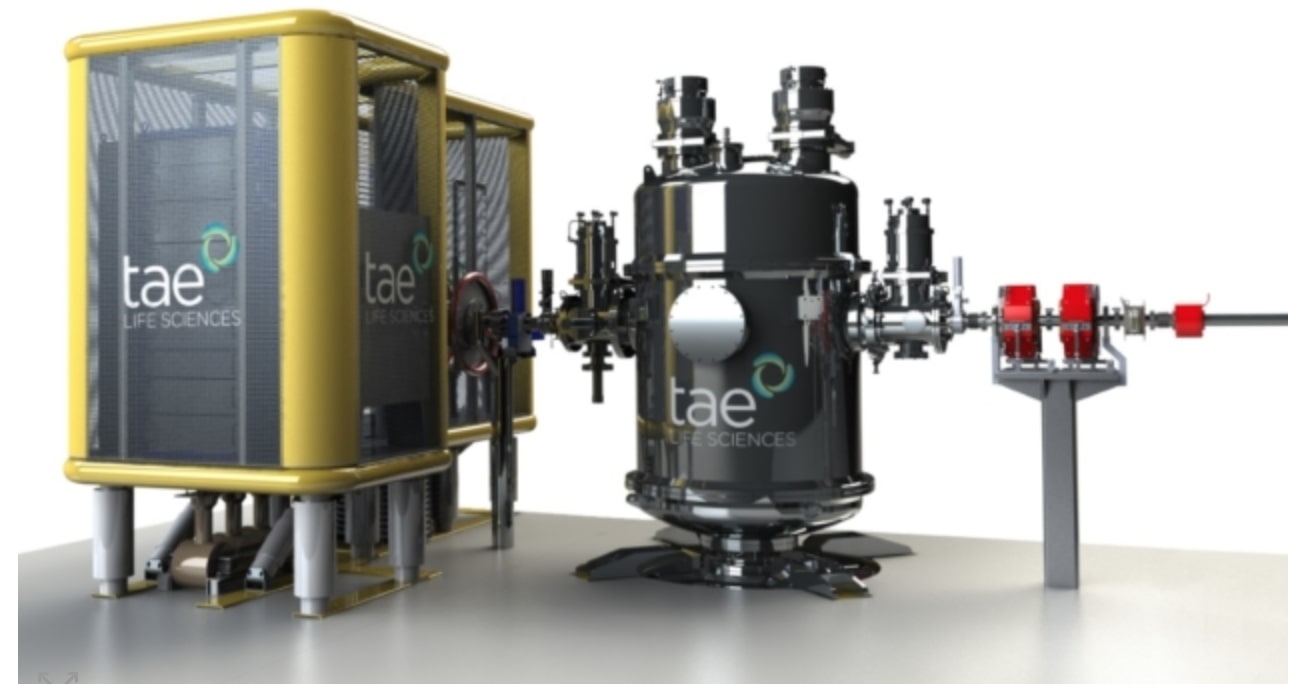DARPA Funds Wearable Brain Interfaces
DARPA funds Next-Generation Nonsurgical Neurotechnology (N3) program to make wearable brain interfaces. Battelle Memorial Institute, Carnegie Mellon University, Johns Hopkins University Applied Physics Laboratory, Palo Alto Research Center (PARC), Rice University, and Teledyne Scientific are leading multidisciplinary teams to develop high-resolution, bidirectional brain-machine interfaces for use by able-bodied service members. These wearable interfaces could ultimately …











